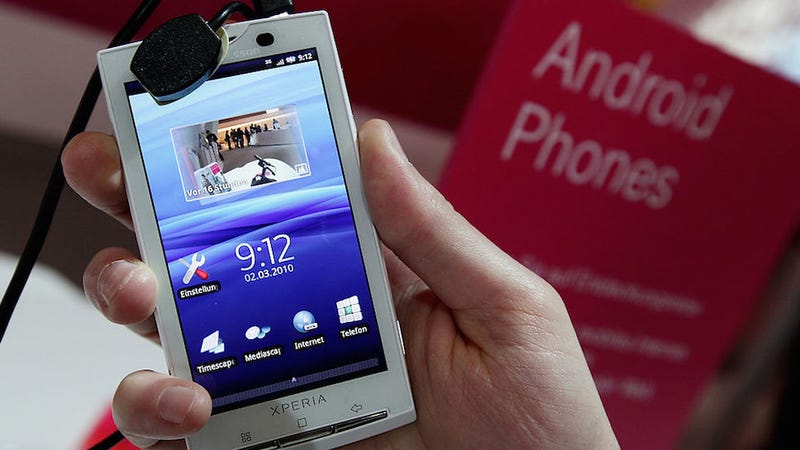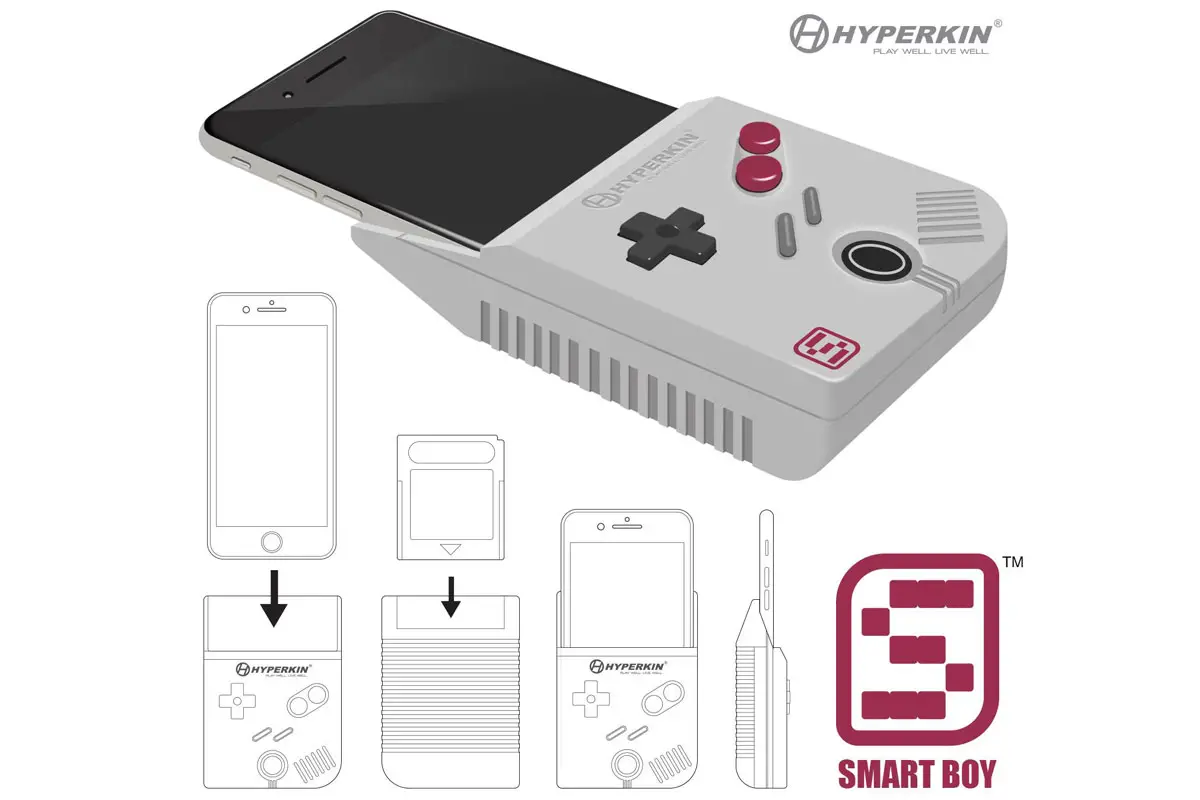CAMBRIDGE, Mass., June 30, 2016 /PRNewswire/ -- PTOLEMUS Consulting Group, a fast growing strategy consulting and research firm focused on the connected mobility world, announced its top usage-based insurance (UBI) companies across 15 different categories, in the most comprehensive global ranking of UBI providers and suppliers with more than 20 companies assessed.
Logo - http://photos.prnewswire.com/prnh/20160630/385497LOGO
In the category of smartphone apps, Cambridge Mobile Telematics (CMT) was named the "best-in-class" telematics service provider both globally and in North America. Business Wire reports, according to the PTOLEMUS study, "A new category of smartphone-only UBI providers sees Cambridge Mobile Telematics become a dominant force globally."
Over the past five years, CMT has pioneered behavior-based insurance (BBI) with smartphones, and has seen successful deployments of UBI and BBI programs with leading customers and partners in North America, Europe, Africa, and Asia. CMT's flagship telematics smartphone app, DriveWell, focuses on driver education and improvement, and provides an accurate, scalable, and highly customizable telematics solution for automobile insurance providers and their customers. The app not only measures driving behavior, but also helps users become better drivers.
"We are excited to be recognized as the top global telematics smartphone app provider," said William Powers, President and Chief Executive Officer of CMT. "Much success can be attributed to the collaborative relationships we have forged with our global partners."
About PTOLEMUS Consulting GroupPTOLEMUS is the first strategy consulting firm entirely focused on connected vehicle services and the Internet of Things. It assists leading insurers, car makers and service providers in defining and executing their strategies and the end-to-end development of their telematics programs.
About Cambridge Mobile TelematicsCambridge Mobile Telematics (CMT) makes roads and drivers safer around the world. CMT's patented intellectual property and technologies, highlighted in its flagship DriveWell offerings, are embedded in multiple popular mobile applications. DriveWell, a smartphone application, and DriveWell Plus, an App+Tag solution, are triggering big improvements in driving behavior and changing the global insurance market. For more information, please visit cmtelematics.com and follow on Twitter @cmtelematics.
Media Contact:James Penswick+1 508 274 9820james.penswick@cmtelematics.com
This content was issued through the press release distribution service at Newswire.com. For more info visit: http://www.newswire.com
To view the original version on PR Newswire, visit:http://www.prnewswire.com/news-releases/cambridge-mobile-telematics-named-best-among-global-and-north-american-telematics-service-providers-of-smartphone-apps-300293048.html
SOURCE Cambridge Mobile Telematics
Related Linkshttp://www.cmtelematics.com
Source: Cambridge Mobile Telematics Named Best Among Global and North American Telematics Service Providers of Smartphone Apps



 Image: Getty
Image: Getty 






